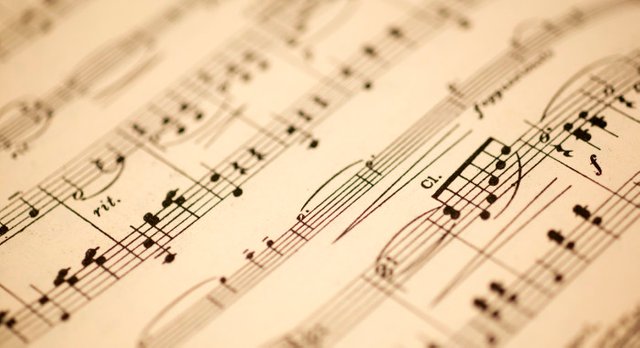Sad songs contain twice as many solos
Sad songs contain twice as many solos
We talk about music: a study relates the characteristics of the solos with the feelings and emotions that they transmit.

The soloist, according to the research led by Niels Chr. Hansen of the Ohio State University, seems to be a key figure in the songs that shrink our throats and make us look for a handkerchief in the middle of the performance.
His team has found that sad orchestral passages are twice as likely to contain solos. "Composers make creative decisions about their pieces based on a wide variety of factors, but one of the possible reasons for using solos is that they convey feelings of isolation, loneliness and vulnerability," says Hansen.
One of the examples presented in the study to understand the emotional power of a solo is the piece of 'The List of Schindler' by John Williams, with his solo violin and English horn. Popular music uses the same technique to achieve the same effects, as in the guitar solo performed by the musician Prince in The Beatles' 'While my guitar gently weeps'.
Hansen and David Huron, co-author of the study and music teacher, wanted to apply science in that connection between music and emotions to better understand the theory behind the use of instrumental solos in an orchestral composition. They focused on 11 instruments presented on the website orchestraexcerpts.com. They randomly selected 330 instrument samples and classified them as single or not, for later analysis individually. This analysis focused on seven characteristics previously linked to a sad effect: the mode (use of major or minor key), the tempo, the dynamics, the articulation, the rhythmic smoothness, the relative height of the tone and the range of tone.
The samples or fragments of musical works that were designated as sad / relaxing were twice as likely (74% compared to 37% that were not considered sad) to contain only one. The researchers followed this comparison with another statistical analysis to see if the seven 'sad factors' could be used to predict the likelihood of a single one. In general, they succeeded. But when analyzing the factors separately, only two of them could predict the probability of a single one in the musical passage: the softness and connection of the notes and the dynamics of the silences.
The study concludes that, within the many reasons that composers have to include a single one in their work or to choose which instruments they will interpret each part, causing a feeling of sadness can be one of them. "Composers have all the colors of the musical rainbow at their fingertips and it is interesting to study how and why they choose one and the other," says Hansen



hey i just upvote your post see my post read or upvote if you like it
https://steemit.com/cryptocurrency/@vasubaghel/bitcoin-could-come-to-your-retirement-account-thanks-to-starbucks-crypto-venture-investor-brian-kelly